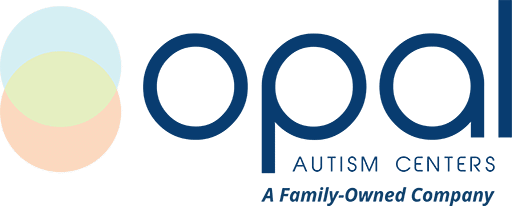As with many other conditions, recent research shows that early intervention provides benefits for children on the autism spectrum. “Early” interventions are those that take place as soon as the child reaches 2-3 years of age or even sooner. At this time, the child’s brain is still forming. This makes it more “plastic,” or changeable, than the brain of an older person – even an older child. This gives early interventions a better chance of bringing about long-term changes.
When Should Early Intervention Begin?
According to the National Institute of Child Health and Human Development, recent guidelines say that early intervention for children should begin as soon as ASD (Autism Spectrum Disorder) is diagnosed or even strongly suspected.
What Are the Goals of Early Intervention?
Kids in an early intervention program are taught skills that let them catch up to other 2-year-olds. These include physical, communication, thinking, social, and emotional skills appropriate for their age.
Most autism therapy programs teach the parents, siblings, and other family members about how to deal with the effects of autism even as they work with the autistic child. This helps reduce friction in the household by promoting understanding of the child and by managing expectations. It also allows the family to continue any therapies at home in between professional sessions.
Does Early Intervention Really Work?
Autism Speaks reports that in a study, kids were divided into two groups, one of which received two hours per week of professional intervention and five hours per week of parent-delivered therapy. The other group were simply referred to community-based therapy programs. At the end of the study, those in the intervention group had their IQs improve by an average of 18 points, versus just over four points for the other group.
While there is no guarantee that every child will have great results, this study shows that it is almost surely worth it to enroll autistic toddlers in early intervention programs.
What Does Early Intervention Entail?
While the details of specific programs may vary, a common framework involves trained therapists observing how the child plays with toys, communicates, and responds in social situations. Then, the therapists devise activities that give the kids a chance to learn positive ways to do these things. The parents are then taught how to do these and other activities at home that give the kids even more chances to practice. These at-home activities aren’t done like they’re school or a job, but instead, are spread throughout each day so the child isn’t overwhelmed.
Do Other Types of Therapy Take Place at the Same Time?
The answer to this is highly dependent on the individual child’s needs. For some, speech therapy, hearing impairment services, vision correction, and other peripheral treatments are called for. Other kids may not need any additional therapies. An early intervention program should include screening for all physical conditions that can interfere with learning or development.
Which Type of Therapy is Used for Early Intervention?
There are several therapeutic regimens in existence, but the most popular is ABA, or Applied Behavioral Analysis. Modern ABA as practiced by Opal Autism Centers uses positive feedback to reinforce desired behaviors.
We tailor therapy for each participant instead of rigidly following a template. This allows us to focus on bringing about improvement where it is needed and reinforcing good behavior that already exists. We use a play-based approach that keeps kids engaged and is easy for parents and other caregivers to continue at home.
Through these methods, autistic kids of all ages benefit from improvements in:
- Verbalization
- Holding conversations
- Potty training
- Social skills with peers and others
- Managing aggressive or dangerous behaviors
Our team is passionate and professional, and cares about the entire family unit. We treat parents as partners, and you’ll have full transparency as well as the chance to provide input at every step.
What Happens After Early Intervention Ends?
A child who has had early intervention will be much further along than an autistic child who hasn’t had therapy. Typically, he or she will be enrolled in school and monitored to see if any unusual problems are still present or develop. If the child has trouble transitioning to a regular classroom, therapy will be resumed to address the issues.
Our ABA programs are tailored to provide early intervention for children 0-6 years of age. In our natural learning environment, they learn the social, behavioral, and physical skills needed to successfully transition to a preschool or kindergarten environment.
What if I’m Not Sure if My Child Has Autism?
We offer diagnostic services and expedited assessments so that your child can get needed therapy without delay. A quick start to therapy is key to getting the best possible results, so we do all we can to remove barriers to timely treatment.
To learn more about Opal Autism Centers and how we can help you and your child, contact us today.

